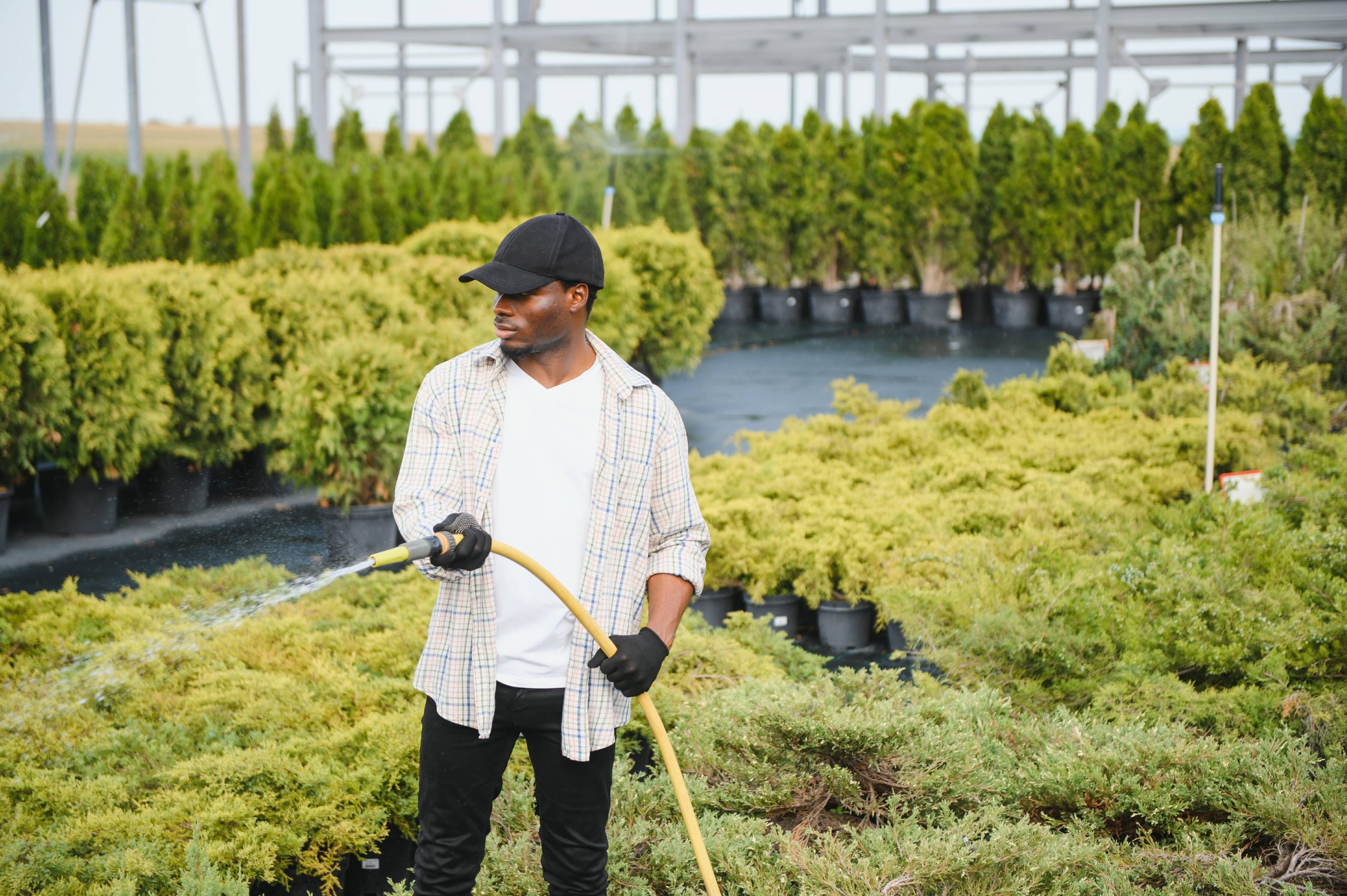
As stewards of the environment, it’s our responsibility to manage our outdoor spaces in ways that are not only beautiful and functional but also align with environmentally sustainable practices. Our gardening and landscaping choices contribute significantly to the health of our local ecosystems. Sustainable landscaping provides environmentally friendly solutions for maintaining outdoor spaces, transforming gardens into vibrant yet eco-conscious havens.
At its core, sustainable landscaping involves creating and maintaining outdoor environments that are in harmony with the natural ecosystems surrounding them. This practice reduces our reliance on resources, minimizes waste, and incorporates plants and materials that support the local environment. If you’re eager to transform your yard into an eco-friendly paradise, here are some sustainable landscaping practices to consider.
1. Native Plant Selection
Selecting native plants is one of the most effective strategies for sustainable landscaping. These plants have evolved to thrive in local conditions, which means they’re typically more drought-resistant and require less maintenance. Native plants provide essential habitats for local wildlife, including pollinators like bees and butterflies, and offer a natural defense against local pests and diseases.
Consider transforming a portion of your yard into a native plant garden. This can significantly reduce the need for irrigation and chemical fertilizers, contributing to a healthier and more vibrant ecosystem. Not only will your garden flourish with minimal effort, but you’ll also create a haven for local wildlife that supports biodiversity.
2. Implementing Efficient Water Use
Water conservation is a critical component of sustainable landscaping. Implementing efficient ways to use water not only protects this precious resource but also reduces your water bill. Start by assessing your yard’s current irrigation system. Drip irrigation or soaker hoses are excellent alternatives to traditional systems because they deliver water directly to the plant roots, minimizing evaporation and runoff.
Rainwater harvesting is another sustainable practice to consider. Installing rain barrels to collect runoff from your roof provides a free source of water that can be used to irrigate your garden.
Additionally, consider xeriscaping, a landscaping approach that involves using drought-tolerant plants to minimize water use. Thoughtful placement of these plants can help retain soil moisture and create beautiful landscapes that demand less water.
3. Composting and Mulching
Composting and mulching are simple yet effective landscaping practices that help build healthy soil, reduce waste, and improve garden productivity. By composting organic waste from your kitchen and garden, you can create nutrient-rich soil amendments that enhance soil structure and promote plant growth.
Mulching, on the other hand, involves covering the soil surface with organic materials like shredded bark, leaves, or grass clippings. It helps retain soil moisture, regulate temperature, suppress weeds, and provide nutrients as it decomposes.
Both practices contribute to a robust garden ecosystem, reducing the need for chemical fertilizers and pesticides that can harm the environment.
4. Incorporating Permeable Surfaces
Traditional concrete and asphalt surfaces contribute to stormwater runoff, which can lead to water pollution and erosion. Sustainable landscaping encourages the use of permeable surfaces that allow water to seep into the ground, replenishing groundwater supplies and reducing runoff.
Consider using permeable pavers, gravel, or natural groundcovers for pathways and driveways. Vegetative swales, rain gardens, and contouring can also help manage stormwater on your property effectively.
5. Promoting Wildlife Habitats
Creating landscapes that support wildlife habitats is another essential aspect of sustainable landscaping. Incorporate birdbaths, feeders, and nesting boxes to attract birds, which can help control pests naturally. Plant a variety of flowers that bloom at different times to provide nectar and pollen for insects throughout the year.
Avoid using chemical insecticides and herbicides, which can harm beneficial wildlife and pollinators. Instead, practice integrated pest management by encouraging the presence of predatory insects and using organic pest control methods when necessary.
6. Recycled and Sustainable Materials
When planning your landscape design, consider using recycled or sustainably sourced materials. Reclaimed wood, recycled glass, and repurposed brick are not only environmentally friendly but can add unique character to your outdoor spaces.
Opt for locally sourced materials to reduce the carbon footprint associated with transportation. By choosing sustainable materials, you help conserve natural resources and promote a circular economy.
7. Energy-Efficient Lighting
Outdoor lighting enhances the beauty and functionality of your landscape, but it can also consume a significant amount of energy. Integrating energy-efficient lighting, such as solar-powered or LED lights, is an environmentally friendly choice.
Place lights strategically to highlight paths, entryways, and focal points in your garden. Implementing timers or motion sensors can further reduce energy consumption by ensuring lights are used only when necessary.
Conclusion
Embracing sustainable landscaping practices not only benefits the environment but also enhances the beauty and resilience of your yard. By choosing native plants, conserving water, composting, incorporating permeable surfaces, promoting wildlife habitats, utilizing recycled materials, and opting for energy-efficient lighting, you create an outdoor space that thrives with nature.
These practices represent small steps towards larger environmental stewardship, fostering a connection with the natural world in our own backyards. As we cultivate sustainable landscapes, we contribute to a healthier planet, ensuring a beautiful and thriving environment for generations to come. Let’s commit to making our gardens not just aesthetically pleasing, but also champions of sustainability.







